博文
一抹粉黛入秋色 三分青涩万里波——外来植物粉黛乱子草
||
粉黛乱子草(Muhlenbergia capillaris)是禾本目、禾本科、乱子草属植物。
粉黛乱子草株高可达30-90厘米,宽可达60-90厘米。多年生草本,常具被鳞片的匍匐根茎。秆直立或基部倾斜、横卧。分为灌木状的“毛细管”状分枝模式。绿色叶子覆盖下层,粉红色的花朵长出叶子。是多年生的丛生植物,在成熟期间,叶片被卷起,平坦到渐开线,并且在底部具有约15-35厘米长和1.3-3.5毫米宽的锥形或丝状尖端。在灌木的基部,植物直立或倾斜。细长的叶子很简单,从茎干交替出来,长到大约18-36英寸长。草和花被组合在一起,形成长而通风的簇状物,沿茎从叶子上方升起,长约460毫米,宽250毫米。
圆锥花序狭窄或开展;小穗细小,含1小花,很少2花。脱节于颖之上;颖质薄,宿存,近于相等或第一颖较短,短于或近等于外稃,常具1脉或第一颖无脉;外稃膜质,具铅绿色蛇纹,下部疏生软毛,基部具微小而钝的基盘,先端尖或具2微齿,具3脉,主脉延伸成芒,其芒细弱,糙涩,劲直或稍弯曲;内稃膜质,与外稃等长,具2脉;鳞被2,小。颖果细长,圆柱形或稍扁压。染色体中等大小,x=7。
粉黛乱子草的花每个具有约2或3个雄蕊和花药,长约1-1.8毫米。在长的头发状的花梗上发现小穗,在先端具有棍棒状增厚并且略微粗糙。颖片不相等,并且比引理更长或更短。外端渐尖或渐暗,而膜状外凸狭窄尖锐,短尖或有遮盖,并且通常在基部具柔毛。花朵在秋季生长,特别是从9-10月,通常呈粉红色或紫红色。它们从下往上成熟。该植物是一种“暖季”植物,因此它在夏季开始生长,并在秋季盛开。花朵产生椭圆形棕褐色或棕色种子,长度不到1.3厘米。植物生长成丛,但不会通过地上或地下茎蔓延。全株绿色。花期9月中至11月中,花穗云雾状。开花时,绿叶为底,粉紫色花穗如发丝从基部长出,远看如红色云雾。
粉黛乱子草原产北美,现广泛栽培于全球。当前,粉黛乱子草已在我国广布,主要为园艺观赏之用。
注:本文文字介绍源于网络,版权归原作者和(或)出版商,仅用于学术传播等非商业行为。特在此致谢!
图By王从彦@江苏省镇江市世业洲





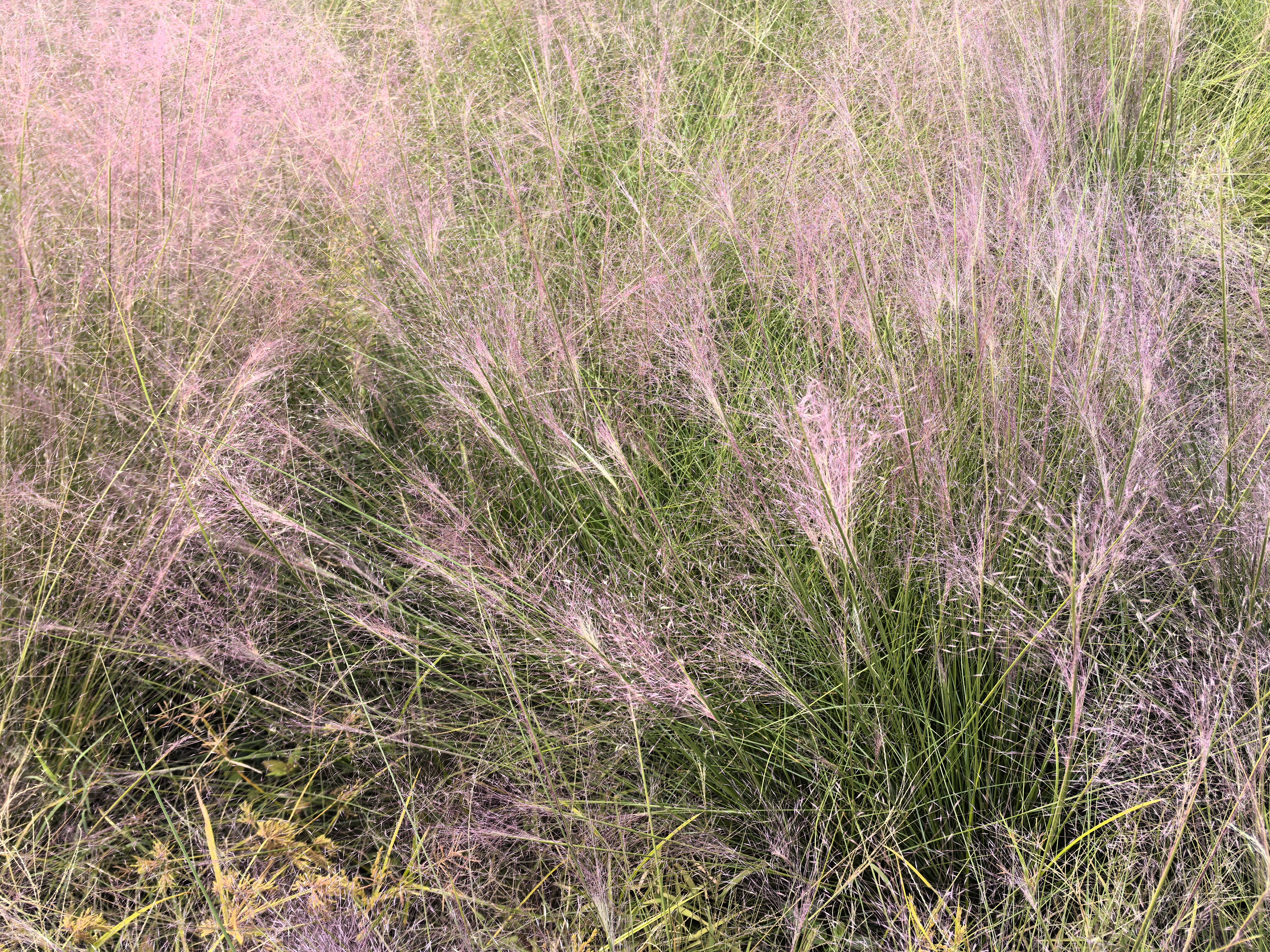





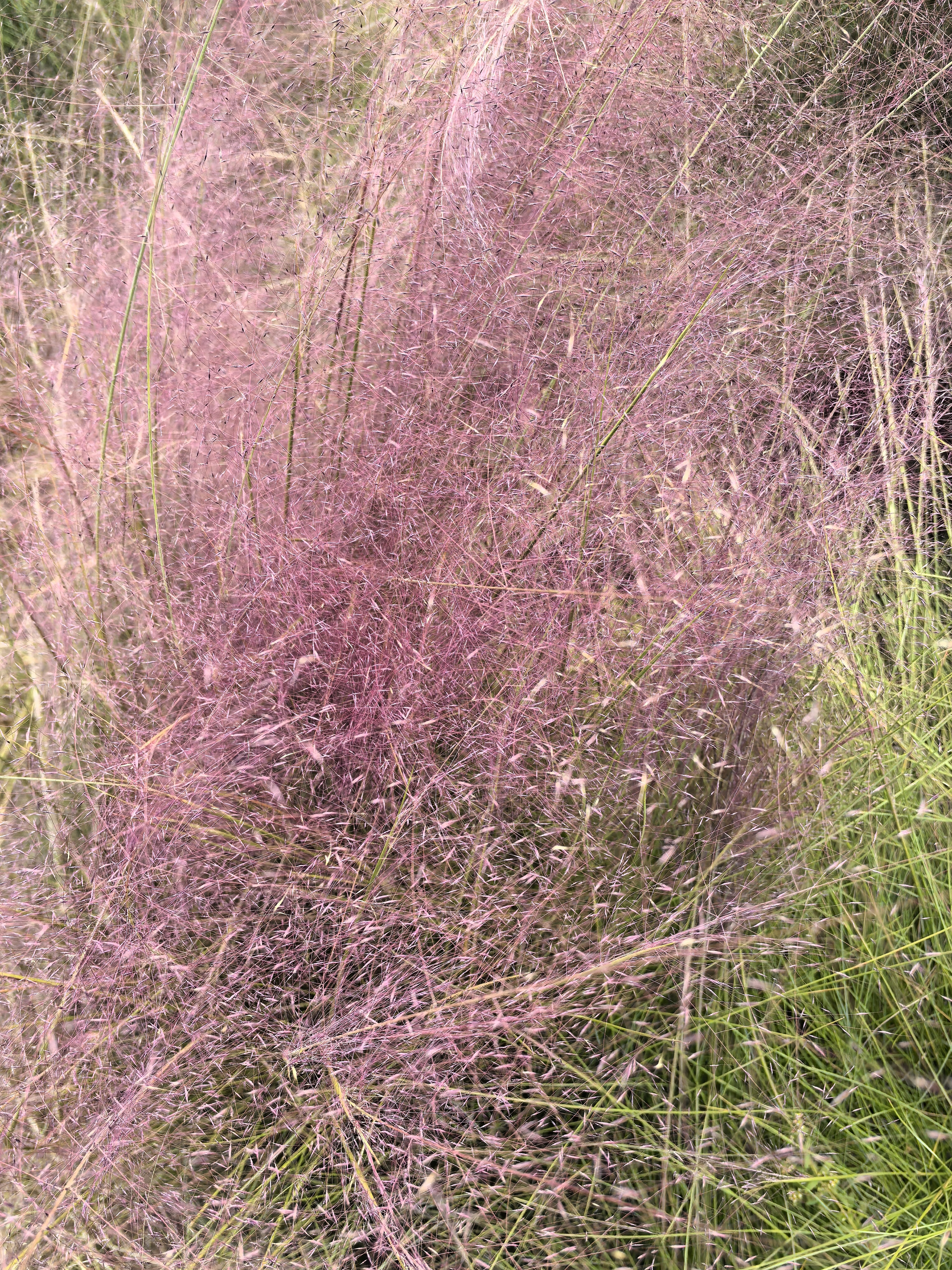
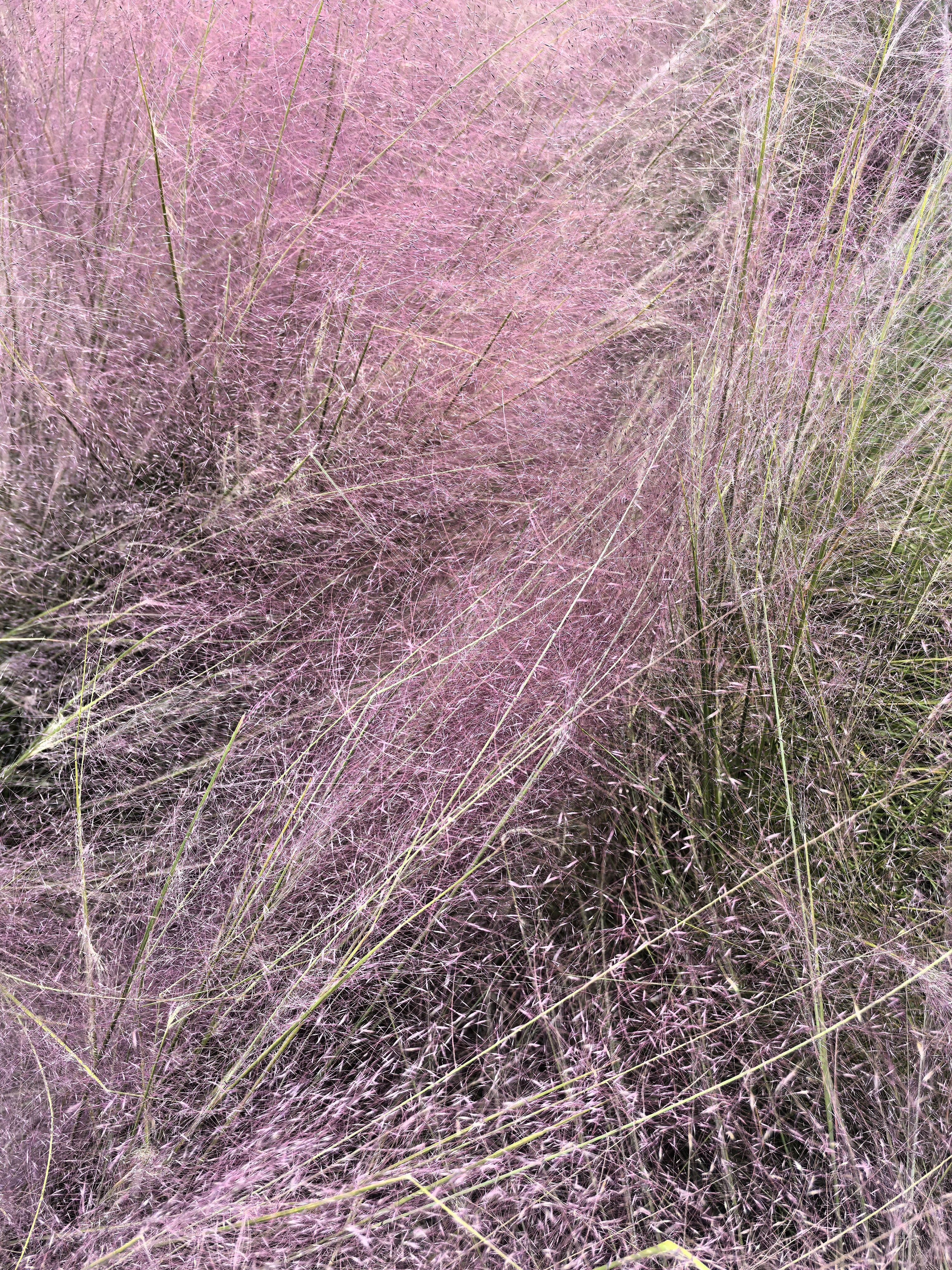
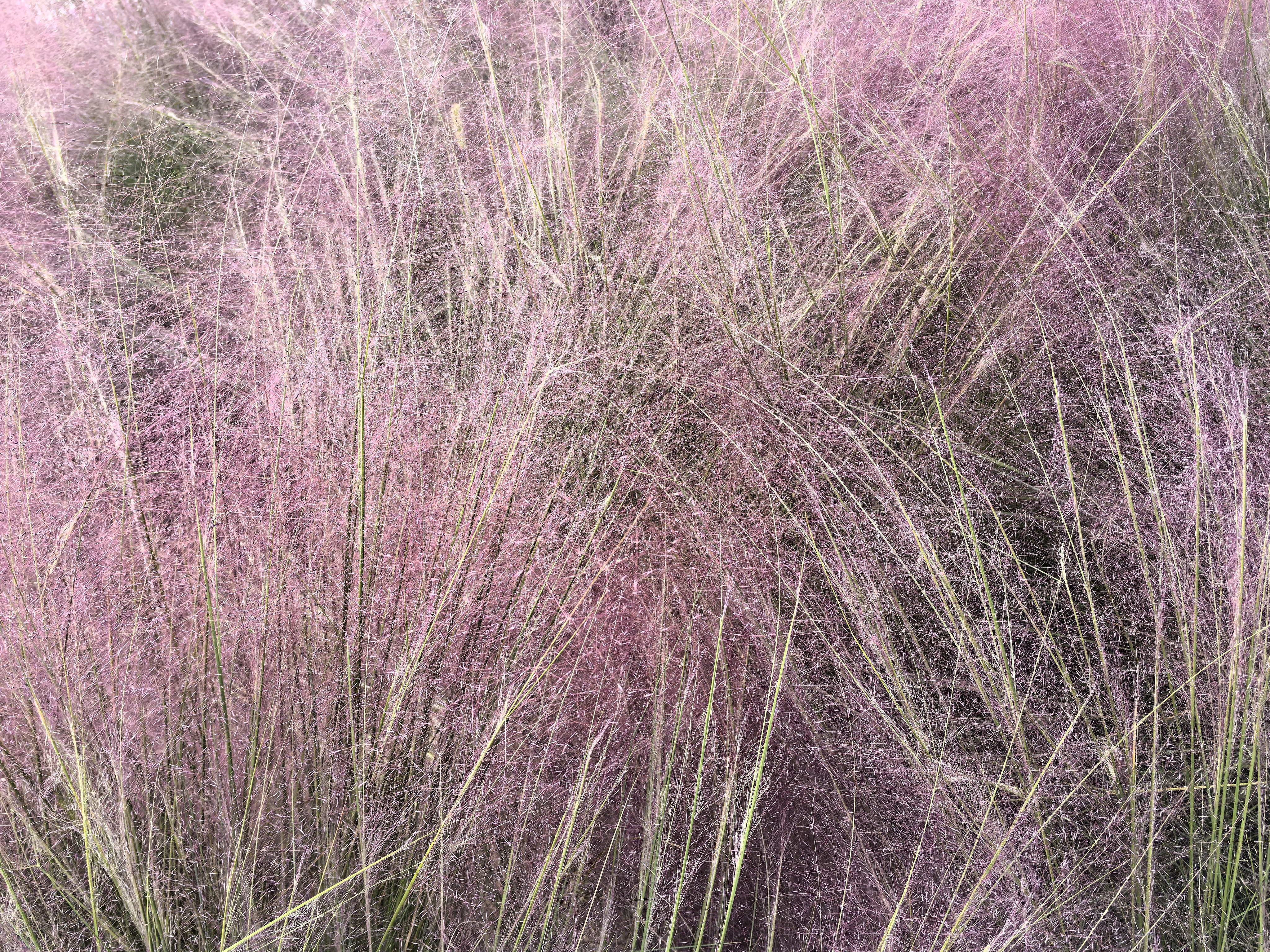





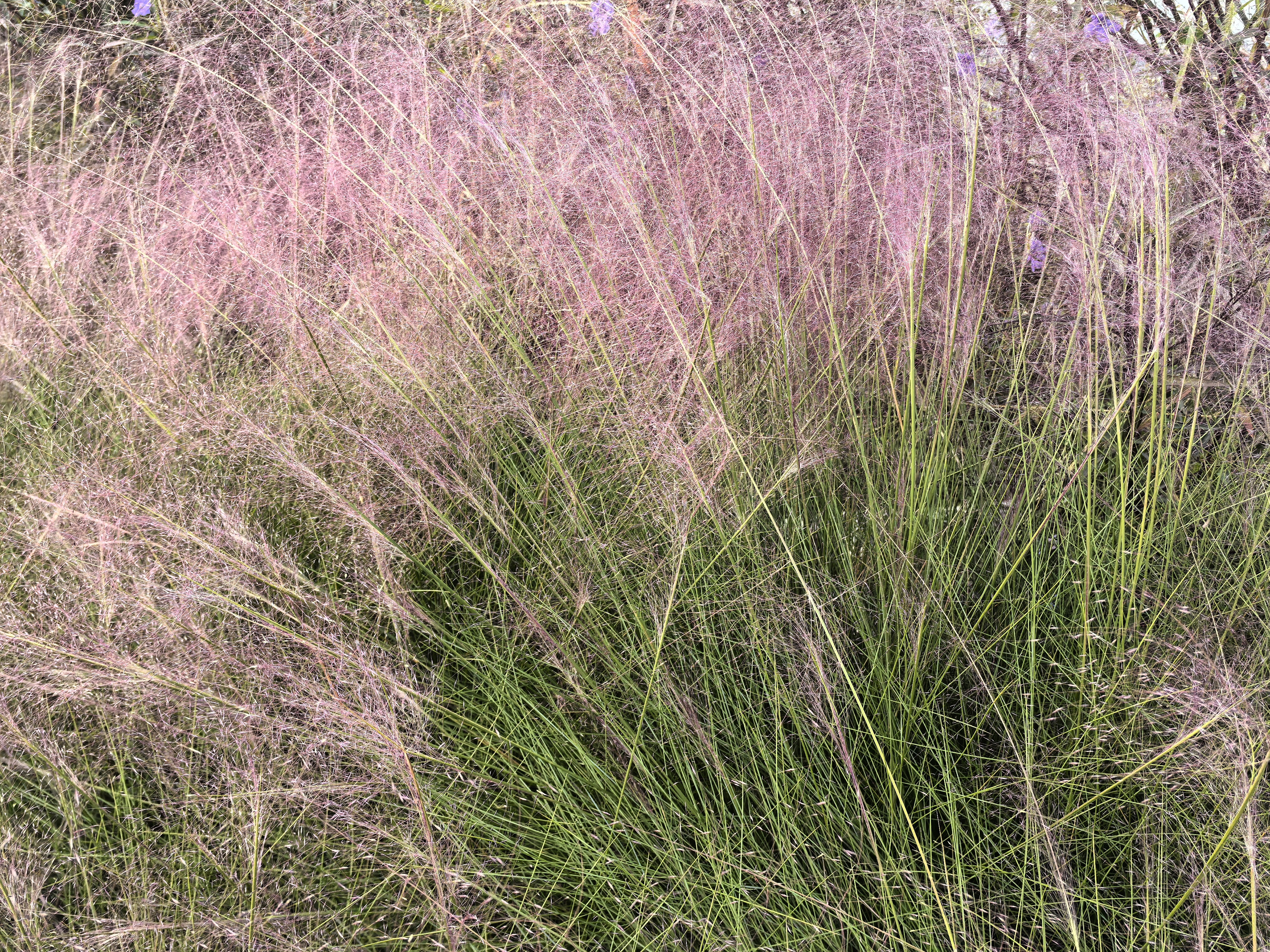
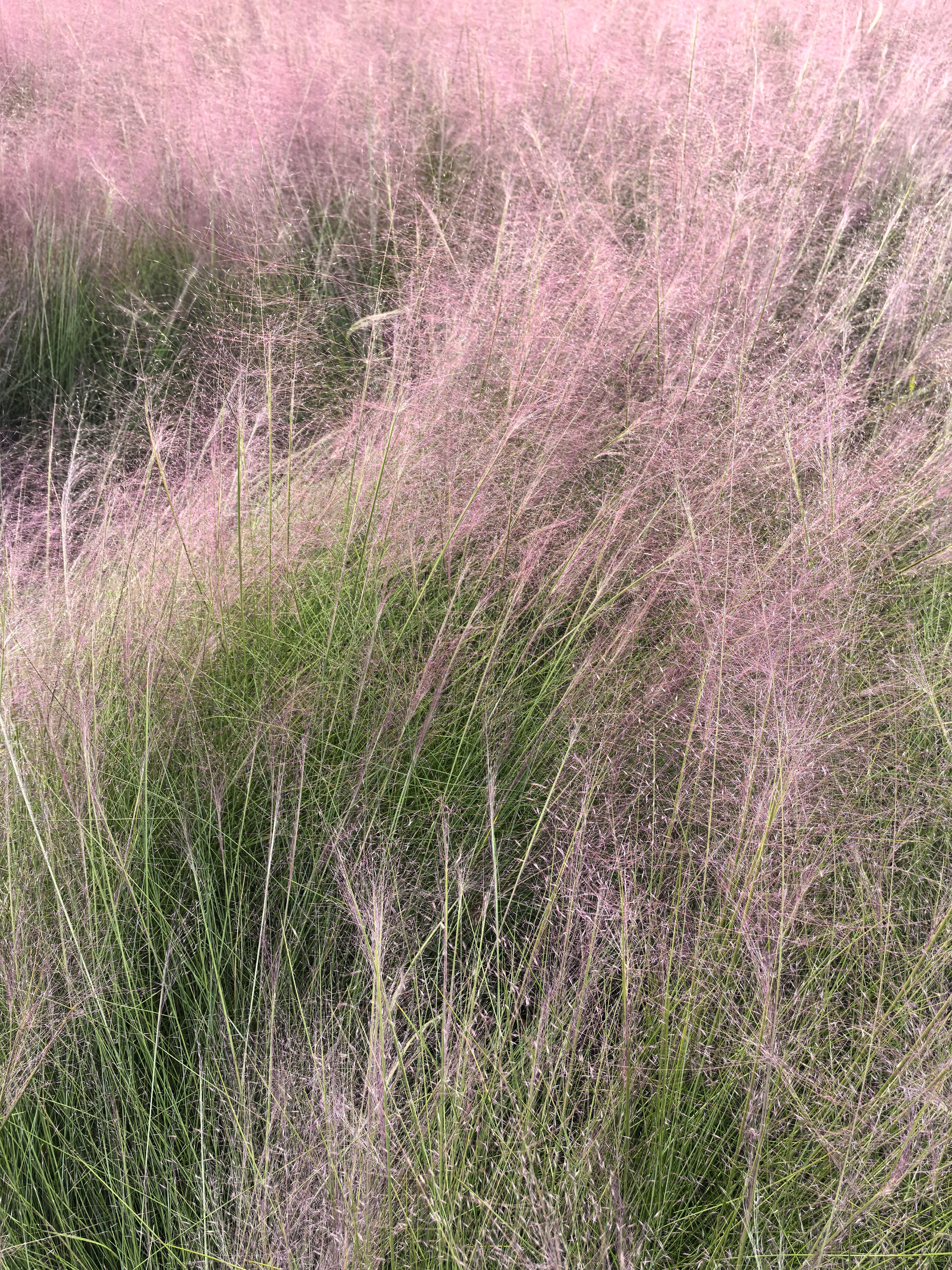


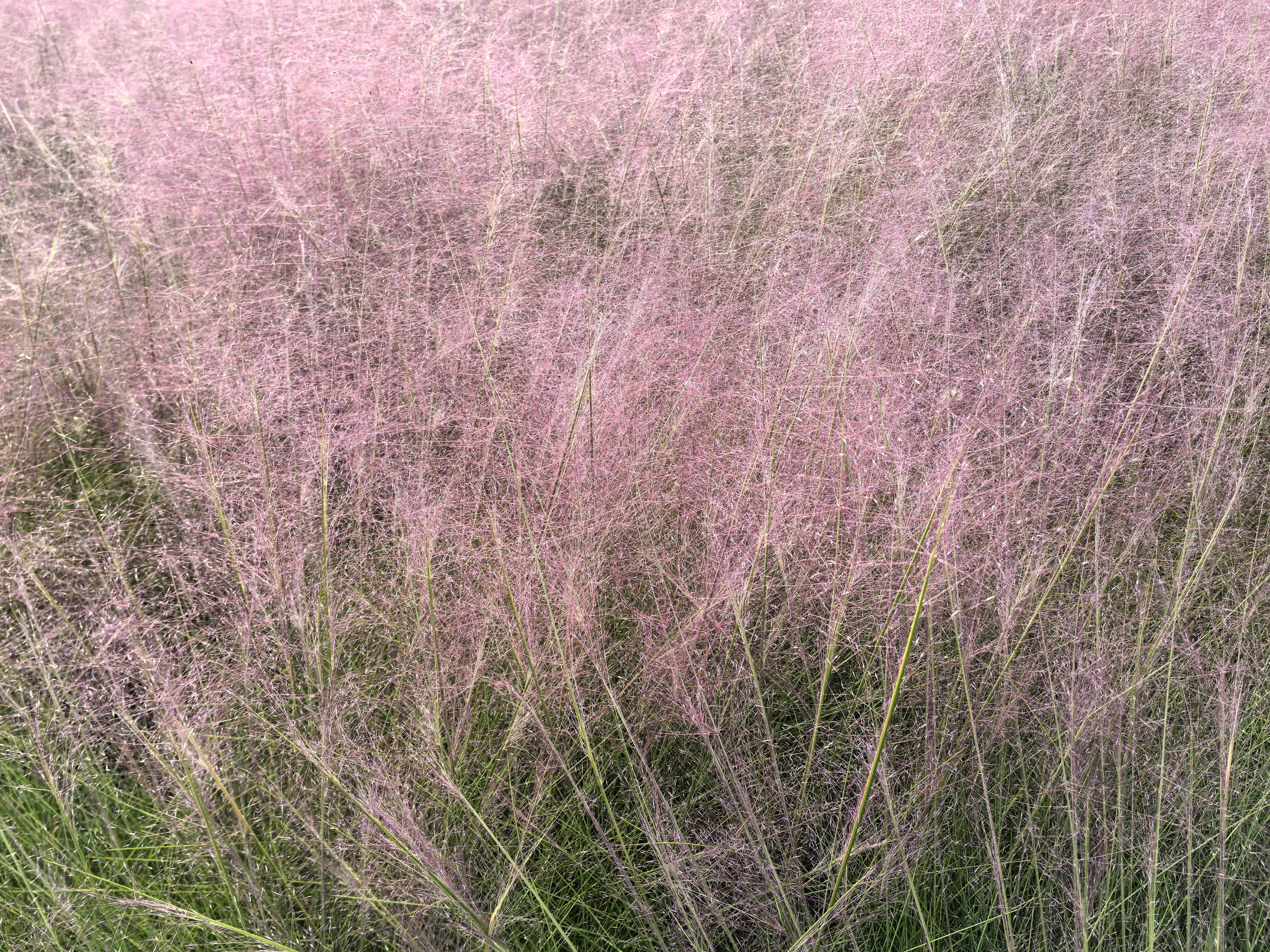

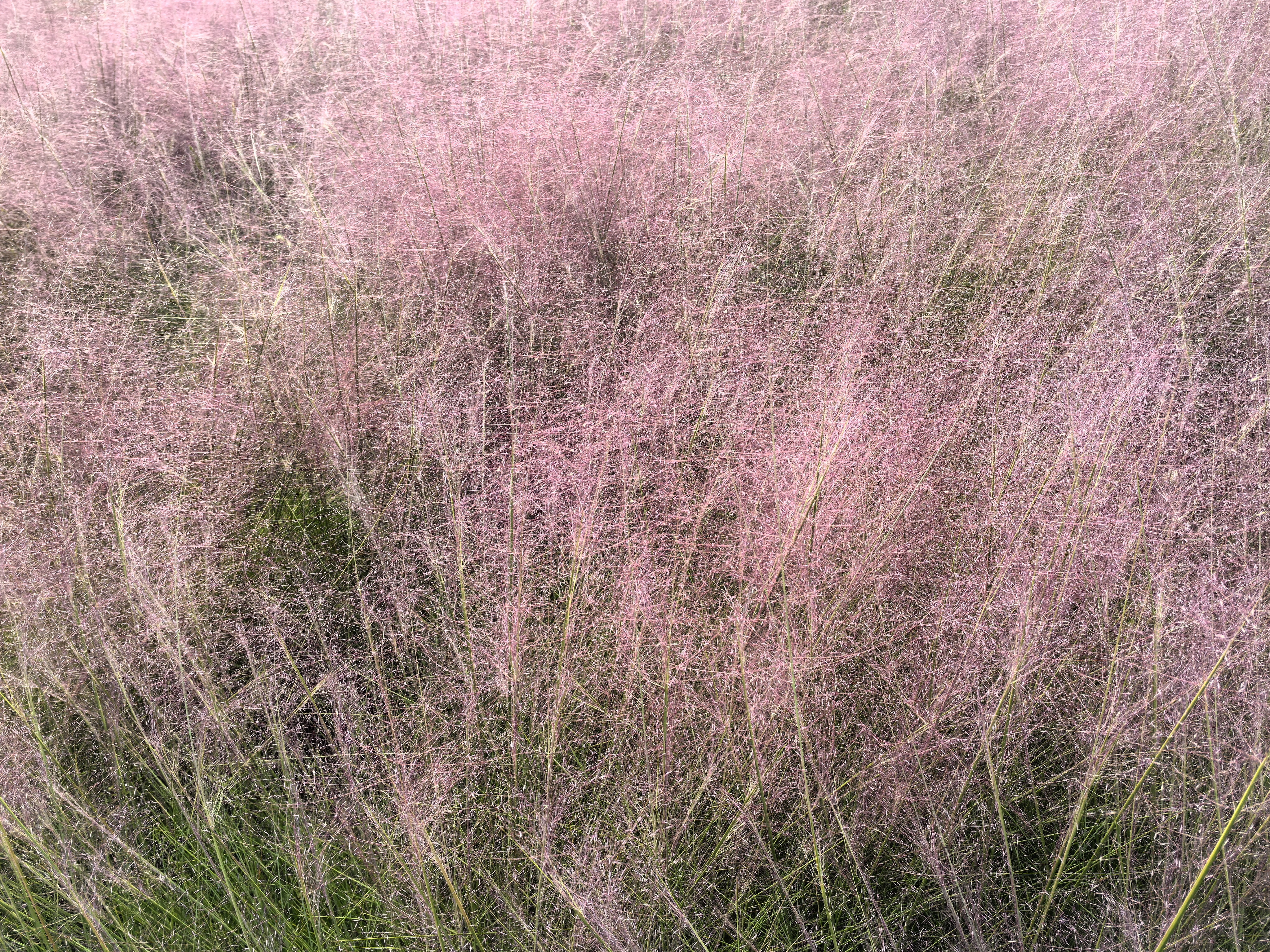

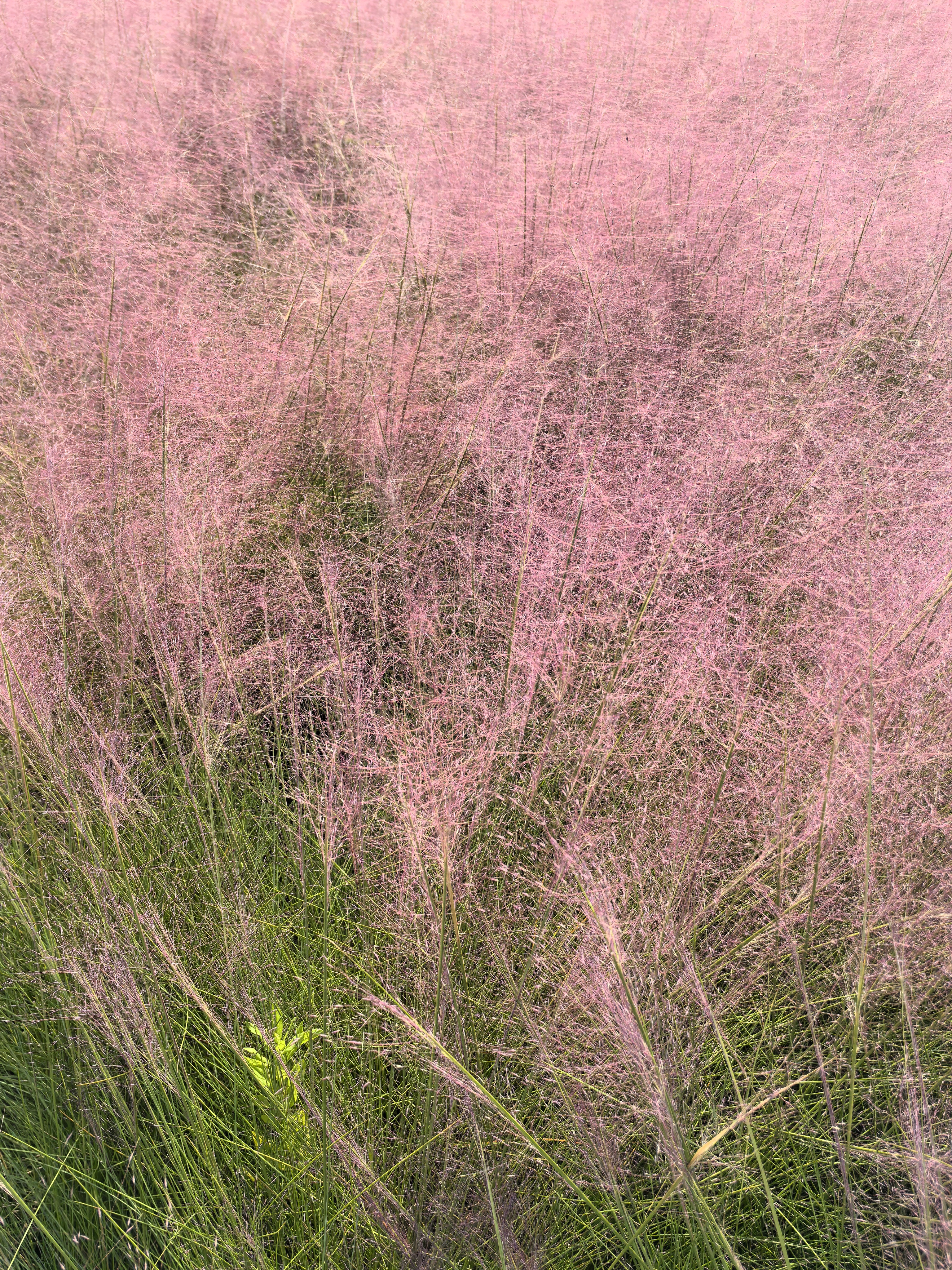

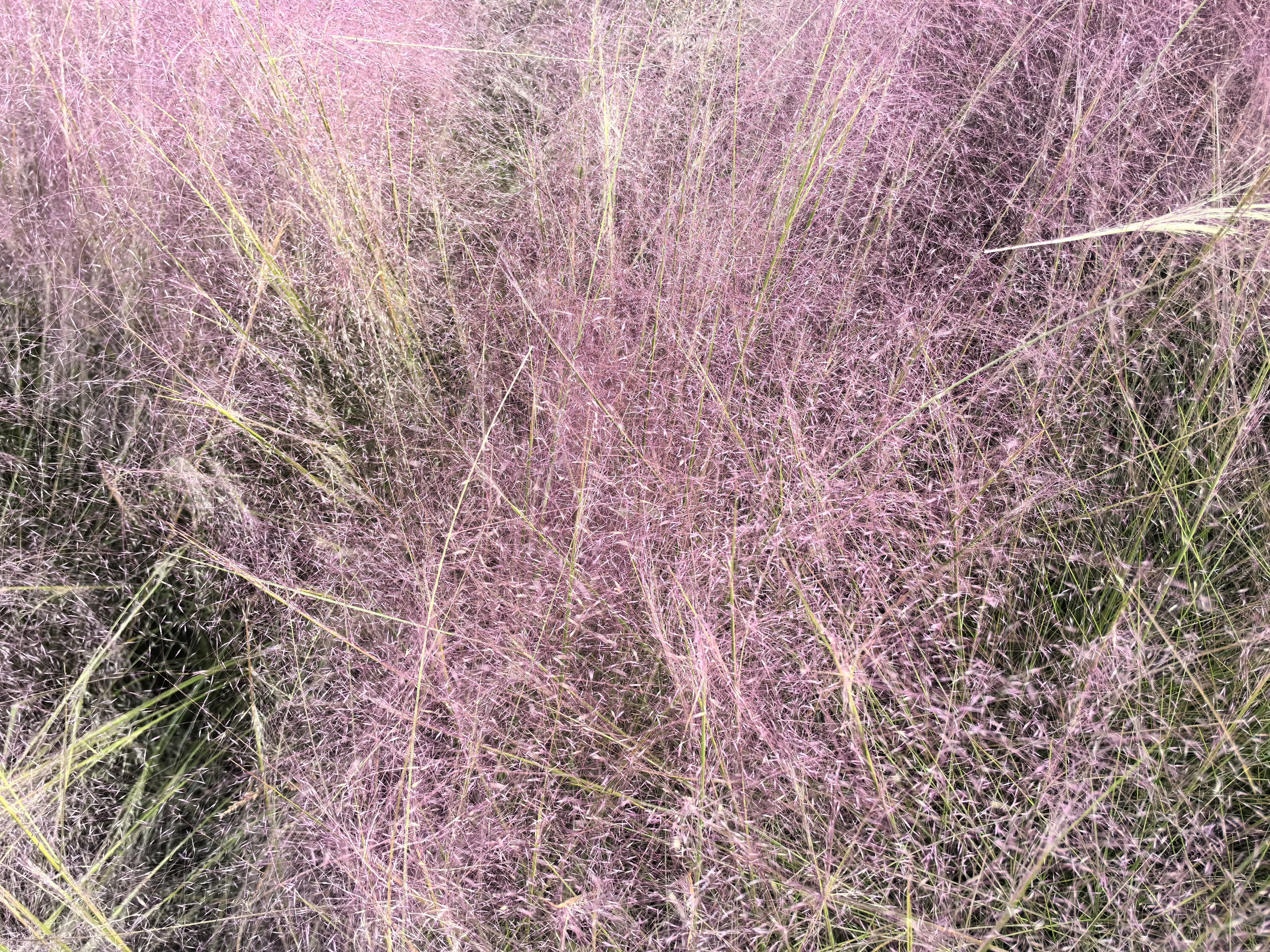





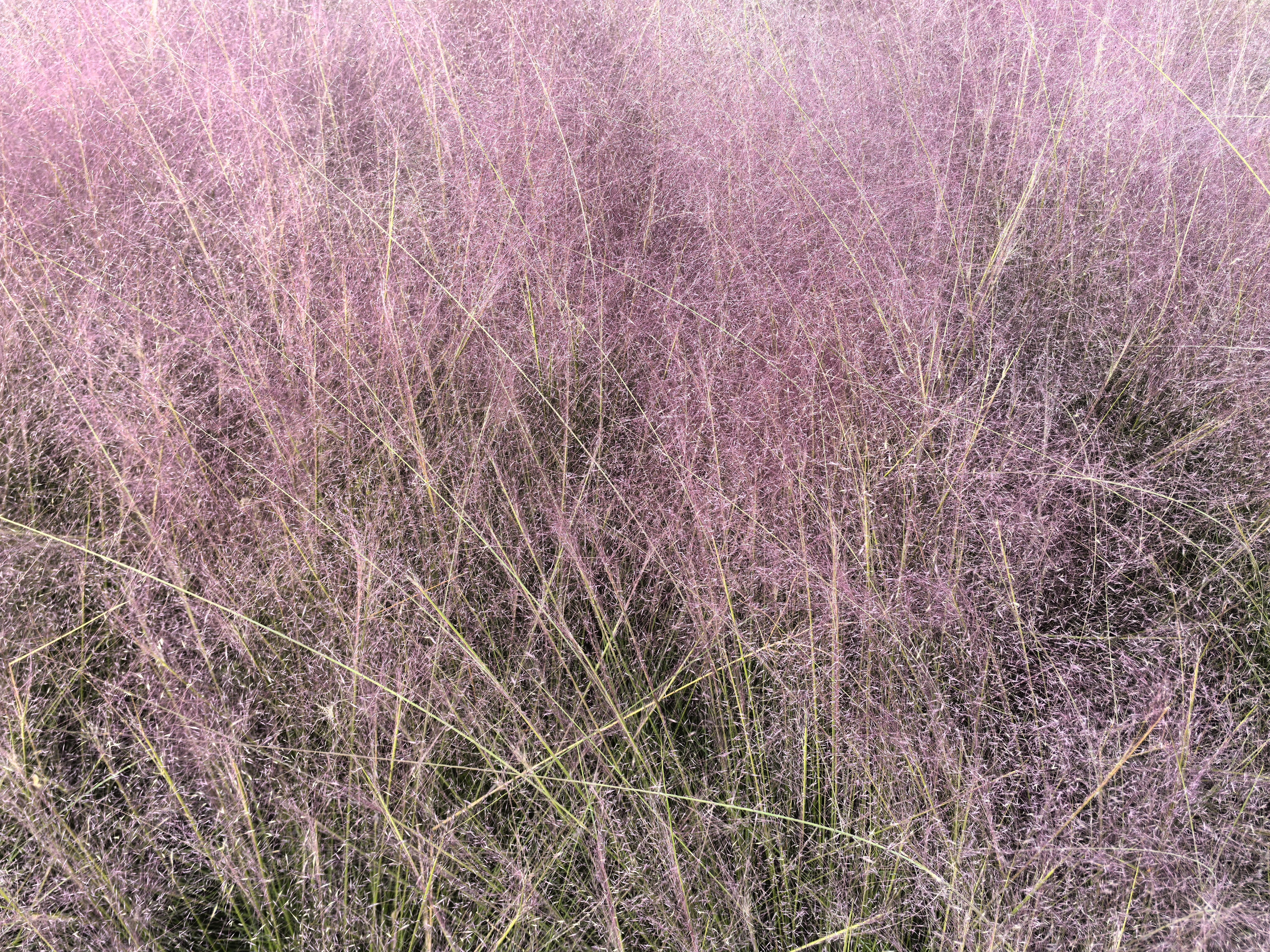
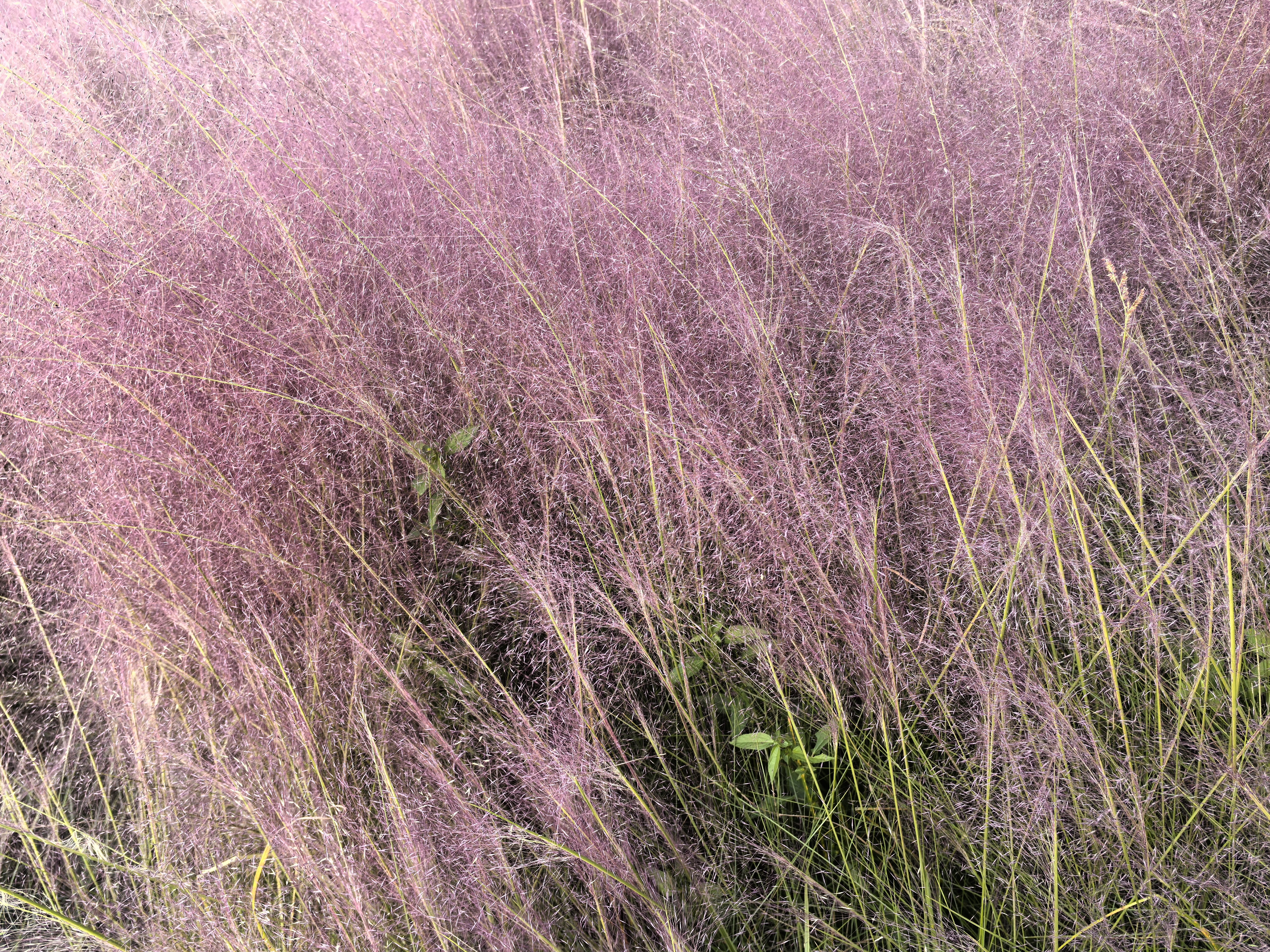



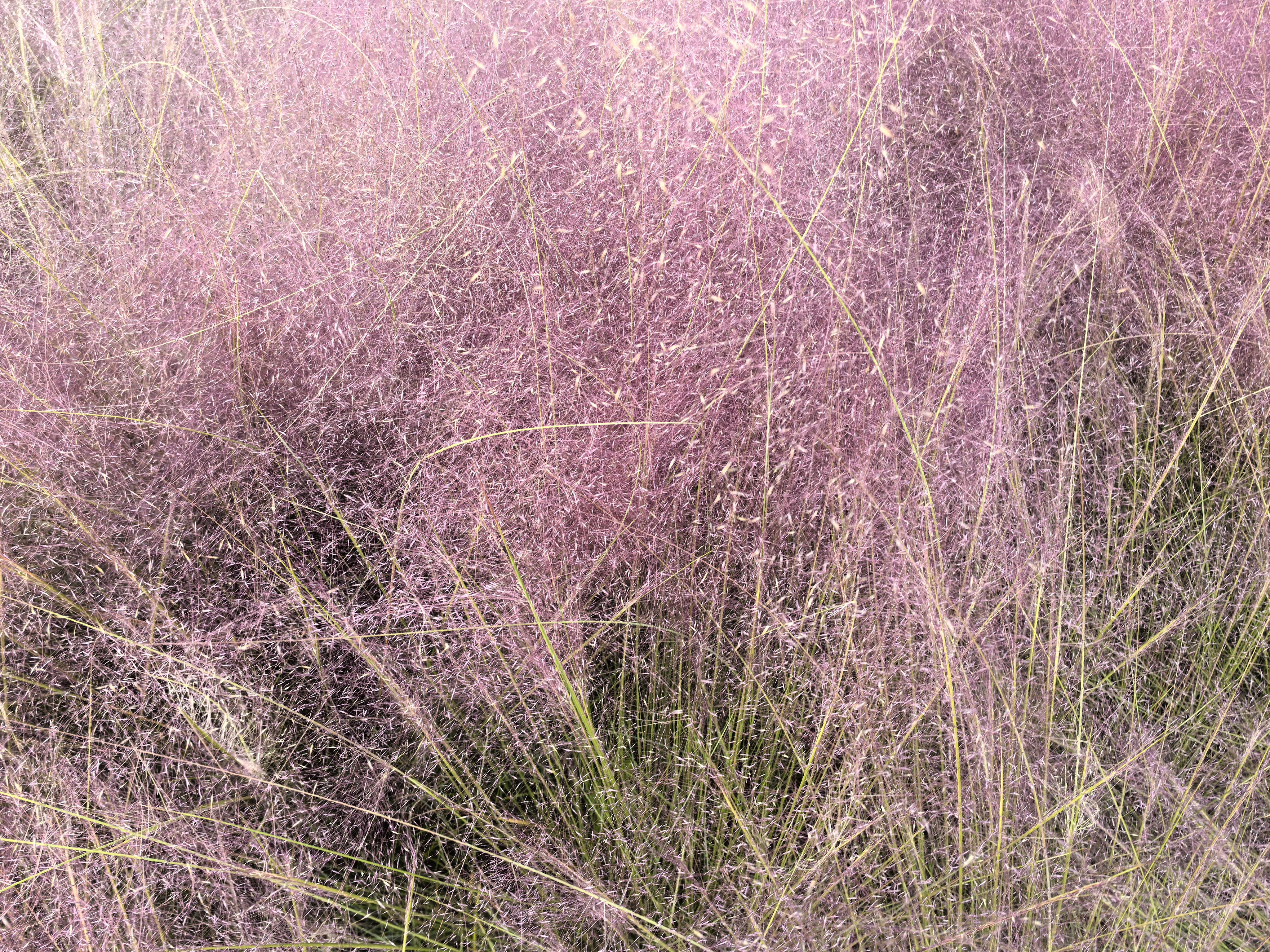





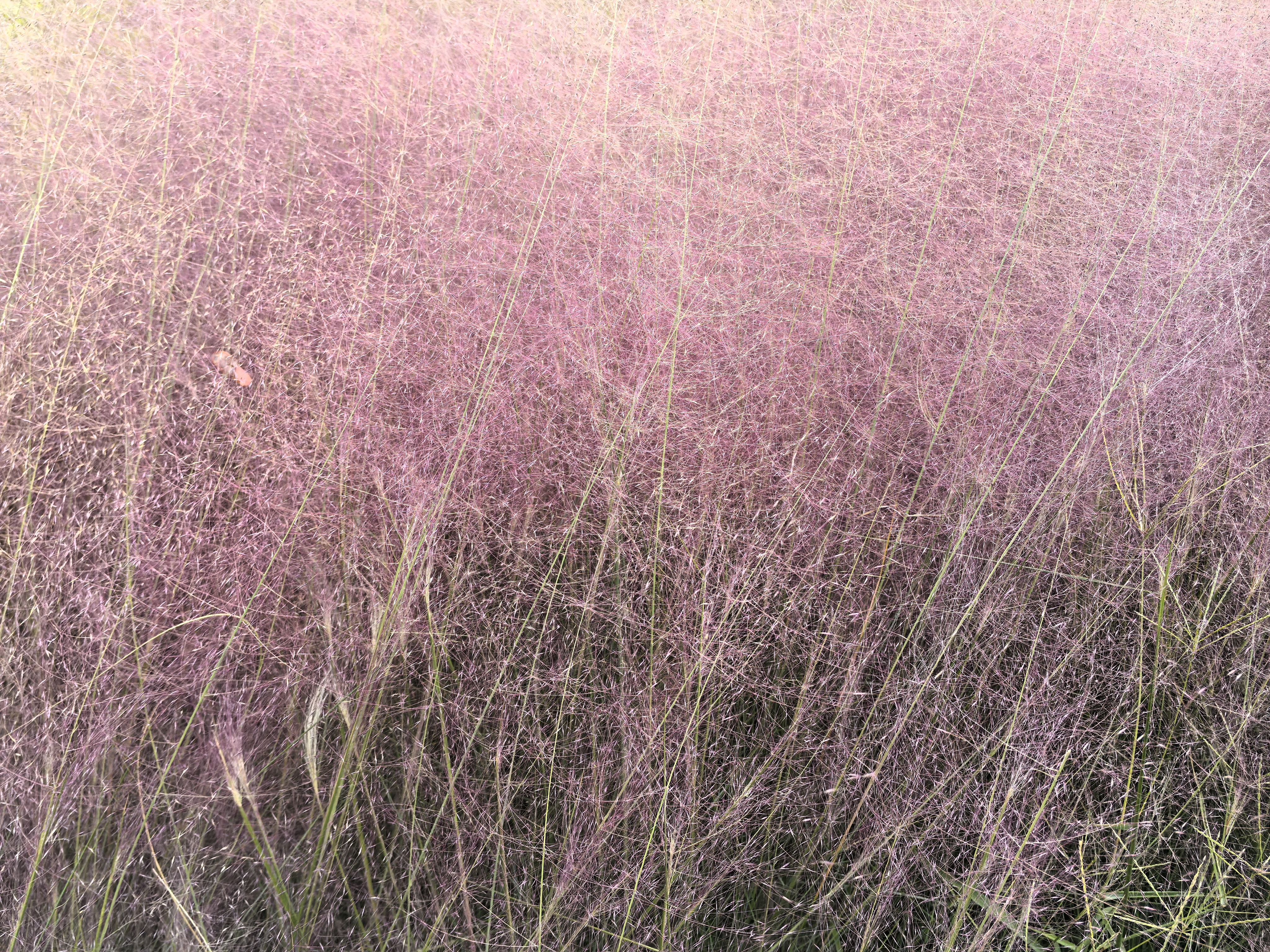
l 入侵植物相关指标计算方法https://blog.sciencenet.cn/blog-565899-1421128.html
l 量化评估植物(包括入侵植物)胁迫抵抗力的指标体系https://blog.sciencenet.cn/blog-565899-1446405.html
l 植物群落物种多样性和功能多样性等指标计算方法https://blog.sciencenet.cn/blog-565899-1303822.html
l 入侵植物研究领域存在问题及其研究展望https://blog.sciencenet.cn/blog-565899-1317119.html
l 菊科入侵植物成功的主要因素https://blog.sciencenet.cn/blog-565899-1430005.html
l 两种菊科入侵植物共同入侵https://blog.sciencenet.cn/blog-565899-1428821.html
l 两种菊科入侵植物加拿大一枝黄花和一年蓬之共同入侵https://blog.sciencenet.cn/blog-565899-1441155.html、https://blog.sciencenet.cn/blog-565899-1446372.html、https://blog.sciencenet.cn/blog-565899-1433858.html
l 两种菊科入侵植物一年蓬和苏门白酒草之共同入侵https://blog.sciencenet.cn/blog-565899-1442064.html
l 两种菊科入侵植物一年蓬和豚草之共同入侵https://blog.sciencenet.cn/blog-565899-1442251.html
l 两种菊科入侵植物加拿大一枝黄花和鬼针草之共同入侵https://blog.sciencenet.cn/blog-565899-1451315.html、https://blog.sciencenet.cn/blog-565899-1444726.html
l 两种菊科入侵植物加拿大一枝黄花和小飞蓬之共同入侵https://blog.sciencenet.cn/blog-565899-1453273.html
l 两种菊科入侵植物一年蓬和苏门白酒草之共同入侵https://blog.sciencenet.cn/blog-565899-1450236.html
l 两种菊科入侵植物加拿大一枝黄花和大狼耙草(大狼杷草)之共同入侵https://blog.sciencenet.cn/blog-565899-1444507.html
l 两种菊科入侵植物春飞蓬和加拿大一枝黄花之共同入侵https://blog.sciencenet.cn/blog-565899-1432666.html
l 两种菊科入侵植物春飞蓬和一年蓬之共同入侵https://blog.sciencenet.cn/blog-565899-1431821.html
l 两种菊科入侵植物春飞蓬和续断菊之共同入侵https://blog.sciencenet.cn/blog-565899-1430969.html
l 两种菊科入侵植物鬼针草和一年蓬之共同入侵https://blog.sciencenet.cn/blog-565899-1443090.html
l 两种菊科入侵植物鬼针草和小飞蓬之共同入侵https://blog.sciencenet.cn/blog-565899-1443196.html
l 两种菊科入侵植物之共同入侵https://blog.sciencenet.cn/blog-565899-1448459.html
l 两种水生入侵植物南美天胡荽和空心莲子草共同入侵https://blog.sciencenet.cn/blog-565899-1451188.html
l 三种菊科入侵植物加拿大一枝黄花、一年蓬、豚草之共同入侵https://blog.sciencenet.cn/blog-565899-1442571.html
l 三种菊科入侵植物加拿大一枝黄花、小飞蓬、鬼针草之共同入侵https://blog.sciencenet.cn/blog-565899-1449171.html
l 三种菊科入侵植物春飞蓬、一年蓬和加拿大一枝黄花之共同入侵https://blog.sciencenet.cn/blog-565899-1433266.html
l 三种菊科入侵植物之共同入侵https://blog.sciencenet.cn/blog-565899-1447140.html
l 多种菊科入侵植物共同入侵https://blog.sciencenet.cn/blog-565899-1429469.html、https://blog.sciencenet.cn/blog-565899-1436017.html、https://blog.sciencenet.cn/blog-565899-1438353.html
l 多种入侵植物共同入侵的那些事https://blog.sciencenet.cn/blog-565899-1420695.html
l 化感物质和化感效应https://blog.sciencenet.cn/blog-565899-1246143.html
l 入侵植物和本地植物的功能差异以及生态位差异https://blog.sciencenet.cn/blog-565899-1265874.html
l 群落多样性与其可入侵性的关系的悖论https://blog.sciencenet.cn/blog-565899-1258593.html
l 生物群落物种共存机制的悖论https://blog.sciencenet.cn/blog-565899-1258176.html
l 入侵生物的生态策略进化机制https://blog.sciencenet.cn/blog-565899-1234409.html
l 生物入侵之遗传悖论https://blog.sciencenet.cn/blog-565899-1225699.html
l 中国外来入侵物种名单(共四批)中入侵植物入侵中国大约时间轴https://blog.sciencenet.cn/blog-565899-1258991.html
l 入侵生物&入侵物种的传播途径https://blog.sciencenet.cn/blog-565899-1423067.html
l 外来生物和入侵生物之差异以及外来生物成为入侵生物之概率https://blog.sciencenet.cn/blog-565899-1422116.html
l 入侵生物扩散进程中的桥头堡效应https://blog.sciencenet.cn/blog-565899-1424743.html
l 入侵植物是司机还是乘客?https://blog.sciencenet.cn/blog-565899-1273586.html
l 生物入侵的进程https://blog.sciencenet.cn/blog-565899-1207475.html
l 惨不忍睹的生物入侵https://blog.sciencenet.cn/blog-565899-1433717.html
l 世界上入侵力最强的100种外来入侵植物https://blog.sciencenet.cn/blog-565899-1205853.html
l 中国外来入侵植物名录https://blog.sciencenet.cn/blog-565899-1246605.html
l 中国入侵物种名单(四批)https://blog.sciencenet.cn/blog-565899-1245628.html、https://blog.sciencenet.cn/blog-565899-1196601.html
l 重点管理外来入侵物种名录https://blog.sciencenet.cn/blog-565899-1422754.html
l 农业重大外来入侵生物https://blog.sciencenet.cn/blog-565899-1393179.html
l 中国重要外来入侵媒介和病原生物名录(2023版)https://blog.sciencenet.cn/blog-565899-1393177.html
l 中国水生入侵植物名录https://blog.sciencenet.cn/blog-565899-973994.html
l 中国的入侵植物名录和入侵克隆植物名录https://blog.sciencenet.cn/blog-565899-961990.html
l 江苏省第一批入侵物种名单https://blog.sciencenet.cn/blog-565899-1422753.html
l 江苏大学及其附近已分布入侵植物https://blog.sciencenet.cn/blog-565899-1444197.html
l 常见植物辨识(含入侵植物)https://blog.sciencenet.cn/blog-565899-1445534.html
l 加拿大一枝黄花https://blog.sciencenet.cn/blog-565899-1425138.html、https://blog.sciencenet.cn/blog-565899-1418854.html、https://blog.sciencenet.cn/blog-565899-1425137.html、https://blog.sciencenet.cn/blog-565899-1453803.html、https://blog.sciencenet.cn/blog-565899-1443493.html、https://blog.sciencenet.cn/blog-565899-1428271.html、https://blog.sciencenet.cn/blog-565899-1419432.html
l 春飞蓬(春一年蓬、费城小蓬草、费城飞蓬)https://blog.sciencenet.cn/blog-565899-1432059.html、https://blog.sciencenet.cn/blog-565899-1398759.html、https://blog.sciencenet.cn/blog-565899-1454566.html、https://blog.sciencenet.cn/blog-565899-1452377.html
l 一年蓬(白顶飞蓬)https://blog.sciencenet.cn/blog-565899-1440825.html、https://blog.sciencenet.cn/blog-565899-1398014.html、https://blog.sciencenet.cn/blog-565899-1398015.html、https://blog.sciencenet.cn/blog-565899-1428662.html、https://blog.sciencenet.cn/blog-565899-1443026.html
l 小飞蓬(加拿大蓬、加拿大飞蓬、小蓬草、小白酒草、小白酒菊)https://blog.sciencenet.cn/blog-565899-1407415.html、https://blog.sciencenet.cn/blog-565899-1434880.html
l 豚草https://blog.sciencenet.cn/blog-565899-1442186.html、https://blog.sciencenet.cn/blog-565899-1445099.html、https://blog.sciencenet.cn/blog-565899-1452805.html、https://blog.sciencenet.cn/blog-565899-1444786.html
l 鬼针草https://blog.sciencenet.cn/blog-565899-1407899.html、https://blog.sciencenet.cn/blog-565899-1443270.html、https://blog.sciencenet.cn/blog-565899-1442718.html
l 野老鹳草https://blog.sciencenet.cn/blog-565899-1431441.html、https://blog.sciencenet.cn/blog-565899-1393181.html
l 互花米草https://blog.sciencenet.cn/blog-565899-1451424.html、https://blog.sciencenet.cn/blog-565899-1407897.html、https://blog.sciencenet.cn/blog-565899-1452942.html、https://blog.sciencenet.cn/blog-565899-1407774.html、https://blog.sciencenet.cn/blog-565899-1402017.html、https://blog.sciencenet.cn/blog-565899-1451657.html、https://blog.sciencenet.cn/blog-565899-1451916.html、https://blog.sciencenet.cn/blog-565899-1436243.html
l 圆叶牵牛https://blog.sciencenet.cn/blog-565899-1454194.html、https://blog.sciencenet.cn/blog-565899-1420380.html、https://blog.sciencenet.cn/blog-565899-1258601.html、https://blog.sciencenet.cn/blog-565899-1254348.html、https://blog.sciencenet.cn/blog-565899-1453709.html、https://blog.sciencenet.cn/blog-565899-1137596.html
l 牵牛https://blog.sciencenet.cn/blog-565899-1452219.html
l 百日菊https://blog.sciencenet.cn/blog-565899-1438614.html、https://blog.sciencenet.cn/blog-565899-1403319.html、https://blog.sciencenet.cn/blog-565899-1262845.html
l 箭舌豌豆(救荒野豌豆、大巢菜、薇菜)https://blog.sciencenet.cn/blog-565899-1427710.html、https://blog.sciencenet.cn/blog-565899-1105771.html、https://blog.sciencenet.cn/blog-565899-1176586.html
l 羽扇豆(鲁冰花)https://blog.sciencenet.cn/blog-565899-1433425.html、https://blog.sciencenet.cn/blog-565899-1175868.html、https://blog.sciencenet.cn/blog-565899-1398469.html
l 红花酢浆草https://blog.sciencenet.cn/blog-565899-1434675.html
l 关节酢浆草https://blog.sciencenet.cn/blog-565899-1438114.html、https://blog.sciencenet.cn/blog-565899-1433956.html、https://blog.sciencenet.cn/blog-565899-1393664.html
l 美丽月见草https://blog.sciencenet.cn/blog-565899-1440576.html、https://blog.sciencenet.cn/blog-565899-1435076.html、https://blog.sciencenet.cn/blog-565899-1432963.html、https://blog.sciencenet.cn/blog-565899-1404580.html、https://blog.sciencenet.cn/blog-565899-1262369.html、https://blog.sciencenet.cn/blog-565899-1181148.html、https://blog.sciencenet.cn/blog-565899-1065099.html
l 野燕麦https://blog.sciencenet.cn/blog-565899-1442337.html、https://blog.sciencenet.cn/blog-565899-1440319.html、https://blog.sciencenet.cn/blog-565899-1435651.html、https://blog.sciencenet.cn/blog-565899-1433905.html
l 南美天胡荽(铜钱草)https://blog.sciencenet.cn/blog-565899-1434756.html、https://blog.sciencenet.cn/blog-565899-1437189.html、https://blog.sciencenet.cn/blog-565899-1450405.html、https://blog.sciencenet.cn/blog-565899-1426654.html
l 喜旱莲子草(喜旱莲水花生)https://blog.sciencenet.cn/blog-565899-1442874.html、https://blog.sciencenet.cn/blog-565899-1438939.html、https://blog.sciencenet.cn/blog-565899-1404990.html、https://blog.sciencenet.cn/blog-565899-1257438.html
l 粉绿狐尾藻https://blog.sciencenet.cn/blog-565899-1406910.html
l 钻叶紫菀https://blog.sciencenet.cn/blog-565899-1259314.html
l 南苜蓿https://blog.sciencenet.cn/blog-565899-1432558.html
l 苏门白酒草https://blog.sciencenet.cn/blog-565899-1406791.html、https://blog.sciencenet.cn/blog-565899-1265605.html
l 秋英(波斯菊)https://blog.sciencenet.cn/blog-565899-1436451.html、https://blog.sciencenet.cn/blog-565899-1187553.html、https://blog.sciencenet.cn/blog-565899-1420136.html、https://blog.sciencenet.cn/blog-565899-1419440.html、https://blog.sciencenet.cn/blog-565899-1138815.html
l 宿根天人菊https://blog.sciencenet.cn/blog-565899-1439082.html
l 红车轴草(红三叶草、红花苜蓿、红菽草翘摇、红荷兰翘摇)https://blog.sciencenet.cn/blog-565899-1437981.html
l 白车轴草(白三叶草、白花苜蓿、菽草翘摇、荷兰翘摇)https://blog.sciencenet.cn/blog-565899-1437793.html、https://blog.sciencenet.cn/blog-565899-1427183.html、https://blog.sciencenet.cn/blog-565899-1392833.html
l 三裂叶薯(小花假番薯、红花野牵牛、假红薯)https://blog.sciencenet.cn/blog-565899-1408152.html
l 凤眼蓝(凤眼莲、水葫芦)https://blog.sciencenet.cn/blog-565899-1256877.html
l 美洲商陆(垂序商陆)https://blog.sciencenet.cn/blog-565899-1408247.html、https://blog.sciencenet.cn/blog-565899-1452657.html、https://blog.sciencenet.cn/blog-565899-1444032.html、https://blog.sciencenet.cn/blog-565899-1447938.html、https://blog.sciencenet.cn/blog-565899-1438467.html、https://blog.sciencenet.cn/blog-565899-1434269.html
l 火炬树https://blog.sciencenet.cn/blog-565899-1255906.html、https://blog.sciencenet.cn/blog-565899-1441307.html、https://blog.sciencenet.cn/blog-565899-1403896.html、https://blog.sciencenet.cn/blog-565899-1436632.html
l 瘤梗番薯https://blog.sciencenet.cn/blog-565899-1418035.html
l 再力花(水竹芋)https://blog.sciencenet.cn/blog-565899-1443027.html、https://blog.sciencenet.cn/blog-565899-1441715.html
l 藿香蓟https://blog.sciencenet.cn/blog-565899-1265873.html
l 剑叶金鸡菊https://blog.sciencenet.cn/blog-565899-1435389.html、https://blog.sciencenet.cn/blog-565899-1115899.html
l 斑地锦https://blog.sciencenet.cn/blog-565899-1450887.html、https://blog.sciencenet.cn/blog-565899-1448956.html
l 北美车前https://blog.sciencenet.cn/blog-565899-1434576.html、https://blog.sciencenet.cn/blog-565899-1431612.html
l 大狼耙草(大狼杷草)https://blog.sciencenet.cn/blog-565899-1449614.html、https://blog.sciencenet.cn/blog-565899-1443782.html、https://blog.sciencenet.cn/blog-565899-1442144.html
l 刺果毛茛https://blog.sciencenet.cn/blog-565899-1433111.html
l 双穗雀稗https://blog.sciencenet.cn/blog-565899-1450742.html、https://blog.sciencenet.cn/blog-565899-1407772.html
l 续断菊(花叶滇苦菜)https://blog.sciencenet.cn/blog-565899-1430470.html
l 苦蘵https://blog.sciencenet.cn/blog-565899-1454123.html、https://blog.sciencenet.cn/blog-565899-1453708.html、https://blog.sciencenet.cn/blog-565899-1453799.html
l 青葙https://blog.sciencenet.cn/blog-565899-1454520.html、https://blog.sciencenet.cn/blog-565899-1073930.html
l 小心叶薯https://blog.sciencenet.cn/blog-565899-1452859.html
l 黄秋英(硫华菊)https://blog.sciencenet.cn/blog-565899-1437300.html
l 紫茉莉https://blog.sciencenet.cn/blog-565899-1452122.html
l 苘麻https://blog.sciencenet.cn/blog-565899-1451850.html
l 阿拉伯婆婆纳https://blog.sciencenet.cn/blog-565899-1422684.html、https://blog.sciencenet.cn/blog-565899-1425645.html
l 绿穗苋https://blog.sciencenet.cn/blog-565899-1447590.html
l 菊芋(洋姜)https://blog.sciencenet.cn/blog-565899-1406000.html
l 鳢肠https://blog.sciencenet.cn/blog-565899-1453740.html、https://blog.sciencenet.cn/blog-565899-1255077.html、https://blog.sciencenet.cn/blog-565899-1405730.html
l 南美蟛蜞菊(三裂叶蟛蜞菊)https://blog.sciencenet.cn/blog-565899-1254279.html
l 互花米草和芦苇共存https://blog.sciencenet.cn/blog-565899-1453997.html
l 芦苇https://blog.sciencenet.cn/blog-565899-1453626.html、https://blog.sciencenet.cn/blog-565899-1449373.html
l 乌桕https://blog.sciencenet.cn/blog-565899-1450046.html、https://blog.sciencenet.cn/blog-565899-1453385.html、https://blog.sciencenet.cn/blog-565899-1208620.html
https://blog.sciencenet.cn/blog-565899-1454567.html
上一篇:春来秋去 往事知何处——恶性入侵植物春飞蓬
下一篇:每向风前堪寄傲 几因霜后欲留芳——薯蓣